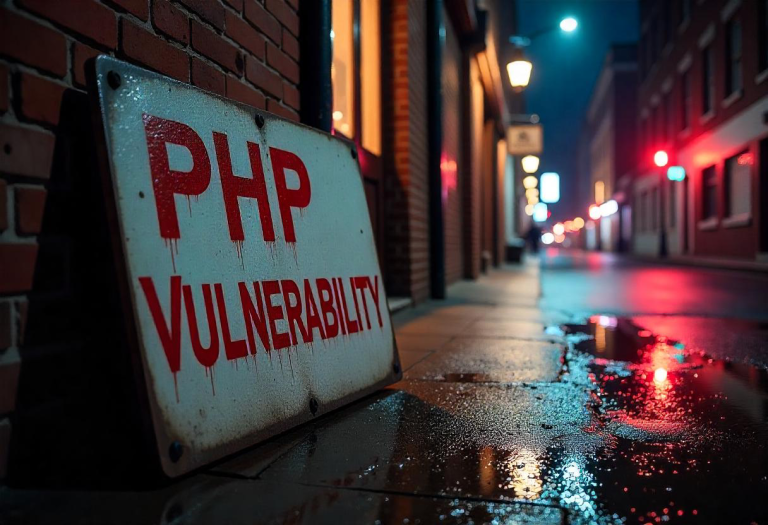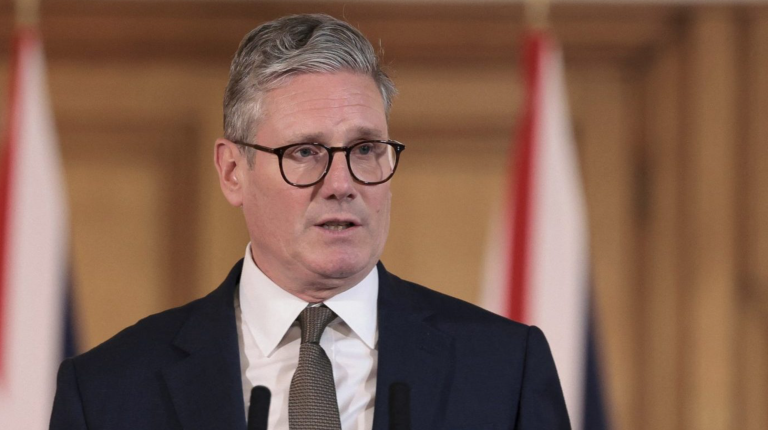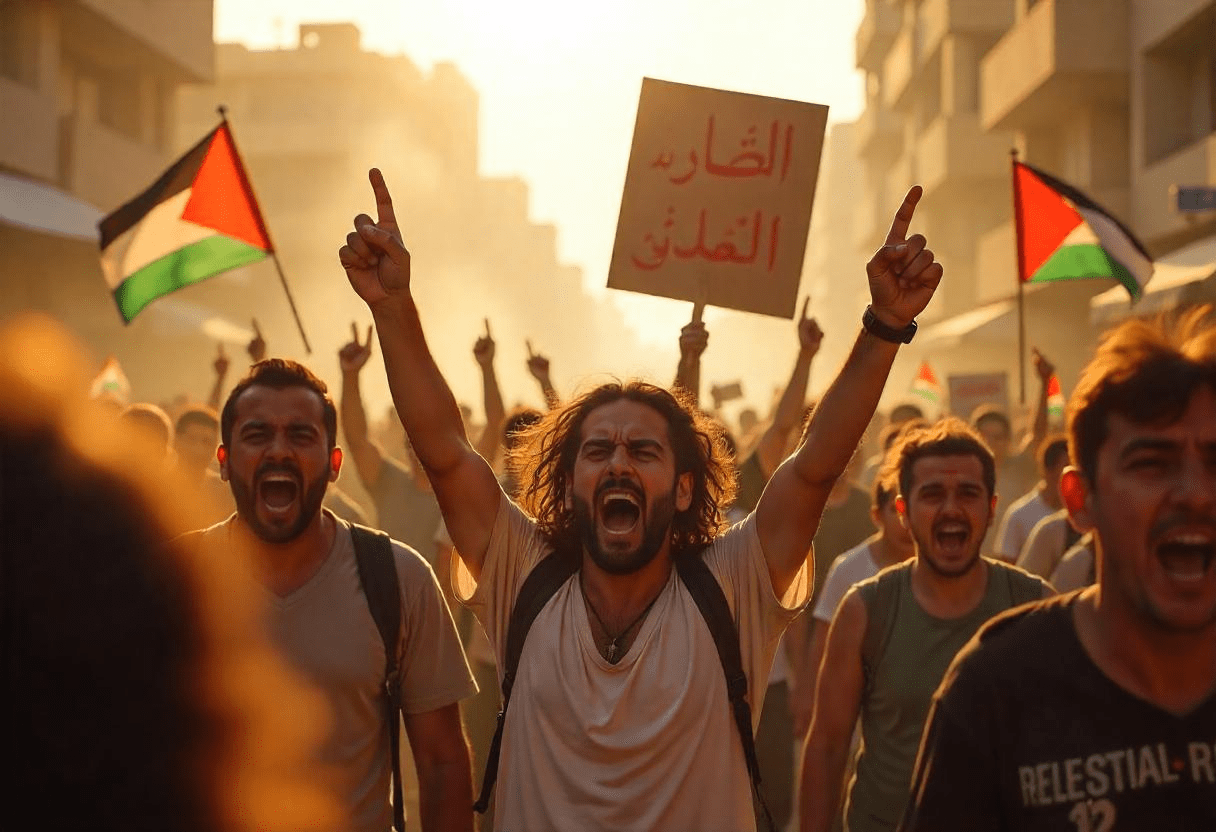
In 1970, Gil Scott-Heron coined the phrase “The revolution will not be televised” in his iconic song of the same name. The phrase delivers a powerful, thought-provoking message, emphasising how true societal change—especially revolutionary movements—often takes place outside the watchful eyes of mainstream media.
While some revolutions have become iconic, thanks to widespread media coverage, others have either been overshadowed by larger events or simply failed to garner the attention they truly deserved. Let’s shine a light on a few notable revolutions that were indeed televised, but didn’t quite capture the public’s imagination or global attention in the way they should have. See Why Promising Startups Fail And What Can Be Done About it.
1. The 1989 Tiananmen Square Protests (China)
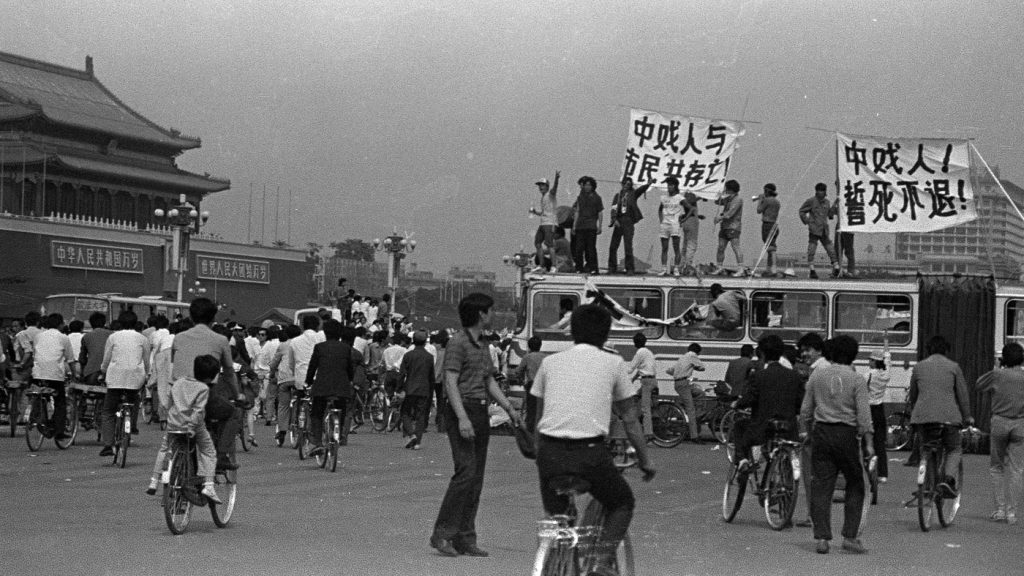
Jian Liu/Humanitarian China
The Tiananmen Square protests in Beijing, 1989, stand as one of the most pivotal and yet often misunderstood events of the late 20th century. In the eyes of the world, the image of the “Tank Man” — a lone protester standing defiantly before a line of military tanks — became a symbol of resistance, a powerful visual that transcended borders and resonated deeply with the global consciousness.
But while these haunting images were broadcast across the globe, the full scope of the protests, and the brutality that unfolded before and after, was obscured by strict media censorship and government control. The Chinese authorities carefully managed the narrative, limiting coverage and silencing voices that sought to share the truth. What occurred behind the scenes, in the hours and days leading up to and following the protest, remains a largely untold story — a tragic chapter in history shaped by the will to resist, yet silenced by power.
Despite the global impact of that iconic image, much of the deeper context of the protests, and the harsh crackdown that followed, remains veiled, hidden from the world’s eyes by a government determined to maintain control over the narrative.
Why It Was Missed
In response to the growing unrest, the Chinese government swiftly imposed stringent controls on the media, both within its borders and internationally. While a few fleeting images made their way to television screens across the globe, foreign journalists found themselves facing immense obstacles in reporting the truth of the situation. The Chinese authorities ensured that most of the narrative was tightly controlled, censoring coverage within the country and heavily influencing the way the story was presented to the world.
What the world saw was a mere fraction of the reality. The broadcast of the iconic protest images was just a glimpse—an incomplete portrayal. The broader story, the violence that unfolded, and the heavy toll on those involved were obscured by the government’s censorship. As a result, the full scale of the protests, the subsequent crackdown, and the long-lasting impact on Chinese society were minimized in most international broadcasts, leaving a gap in the public’s understanding of this historic event.
2. The 1991 Albanian Uprising (Albania)
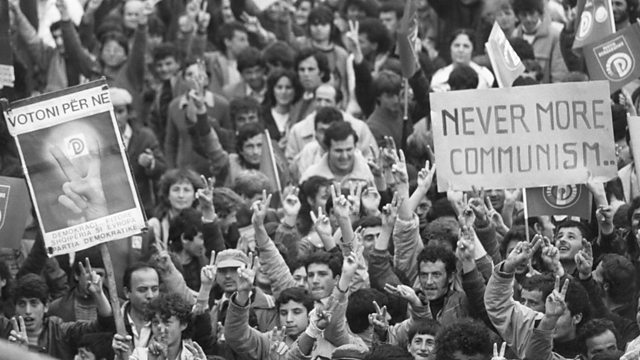
In 1991, Albania was shaken by a series of protests against its oppressive communist government, sparking a movement that would ultimately lead to the downfall of one of the most isolated regimes in Europe. These uprisings were pivotal in initiating Albania’s transition from a totalitarian state to a democracy, but, strikingly, they didn’t receive the level of media coverage they truly deserved. While other Eastern European revolutions, such as those in East Germany and Poland, captured the world’s attention, Albania’s struggle for freedom largely flew under the radar of the global media.
Despite the critical importance of these protests, which signaled the end of an era of isolation and repression, the Albanian revolution didn’t become a widely televised or celebrated moment on the world stage. As a result, the remarkable shift in Albania’s political landscape — a shift that changed the course of the country’s future — was overshadowed by other uprisings in the region, leaving it less acknowledged in the historical narrative of Eastern European revolutions.
Why It Was Missed
The uprisings in Albania in 1991 unfolded during a period of immense political upheaval across Eastern Europe, with major events taking place in countries like East Germany and Romania. The fall of the Berlin Wall and the widespread collapse of communist regimes across the region captured global attention, and understandably so. Albania’s revolution, while transformative for the country, became overshadowed by the seismic shifts happening in more prominent countries.
Despite some television coverage, Albania’s revolution was not given the same level of attention. As a smaller player on the global stage, the media’s focus was pulled elsewhere, and Albania’s struggle for democracy didn’t make the headlines in the same way that events in East Germany or Romania did. The global media landscape, preoccupied with larger geopolitical shifts, failed to give Albania the recognition it deserved.
As a result, despite the profound impact the Albanian Revolution had on the country’s future and its place in the broader collapse of Eastern European communism, it remains largely forgotten by international audiences. The limited coverage meant that Albania’s pivotal role in the end of communism went largely unnoticed in the global consciousness, overshadowed by more widely televised events in neighboring countries.
3. The 2009 Iranian Green Movement (Iran)
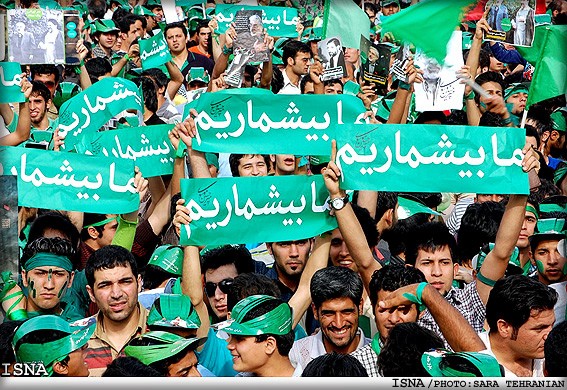
In 2009, Iran found itself at the center of a political storm following its contentious presidential election. Allegations of electoral fraud sparked widespread protests, leading to what became known as the Green Movement. This movement was largely fueled by young people and reformist factions, who were demanding a fair election process and calling for greater political freedom.
While the protests were fueled by a surge of online activism, with social media playing a pivotal role in organizing and sharing real-time updates, the events were also covered by global television networks. The images of clashes between protesters and security forces were broadcast to audiences worldwide, highlighting the intense struggle for democracy in the country. The global media attention intensified after images and videos surfaced of brutal crackdowns, including the death of Neda Agha-Soltan, whose tragic death was caught on camera and became a symbol of the movement.
Despite the extensive media coverage, both on television and social media, the Iranian government managed to maintain tight control over its domestic narrative. While the Green Movement captured the world’s attention, the regime used state-controlled media to counter the narrative and discredit the protests. Ultimately, the movement did not lead to the regime’s collapse, but it represented a critical moment in Iran’s political history and showcased the growing power of digital platforms in shaping global awareness of social movements.
The Green Movement was one of the first major instances where television coverage, combined with the power of social media, brought attention to a revolution in real time, but it also underscored the limits of televised media when confronting deeply entrenched political power. The revolution may not have been fully realized, but it set the stage for future movements in Iran and beyond, illustrating the ever-changing landscape of activism in the digital age.
Why It Was Missed
Despite the widespread international media coverage, the Green Movement in Iran struggled to maintain its momentum beyond the country’s borders due to complex political dynamics. The Iranian government employed aggressive censorship measures, tightly controlling the domestic media and heavily restricting foreign journalists from reporting on the protests.
While traditional television coverage faced these restrictions, social media platforms like Twitter, Facebook, and YouTube played a pivotal role in circumventing these barriers. Images and videos of the protests, the violent crackdowns, and the tragic death of Neda Agha-Soltan were shared in real-time, bypassing the government’s media control. These digital platforms allowed a global audience to witness the unfolding events, creating a new paradigm for how information was spread during political movements.
However, despite the remarkable footage and stories emerging on social media, the Green Movement did not receive the same level of attention on television as other revolutions of the era. The Arab Spring, which began just a year later, garnered far more global attention and media focus, overshadowing Iran’s protests. The Western media, while acknowledging the significance of the Green Movement, found themselves navigating a sensitive political landscape. Reporting on the protests in a way that didn’t inflame tensions with the Iranian government became a delicate balancing act.
Television news outlets, especially those in the West, were cautious about their coverage, mindful of not provoking direct confrontation with the Iranian regime. This reticence meant that while social media helped spread the message globally, mainstream television coverage was more subdued and less comprehensive in comparison to similar movements happening elsewhere.
In the end, while the Green Movement managed to spark international awareness, the limitations imposed by both the Iranian government and media outlets meant that it didn’t receive the level of sustained coverage or support that it deserved. It remains a critical moment in history, illustrating both the power of social media in modern-day activism and the challenges of relying on traditional media to cover complex, politically sensitive revolutions.
4. The 2010–2011 Tunisian Revolution (Tunisia)
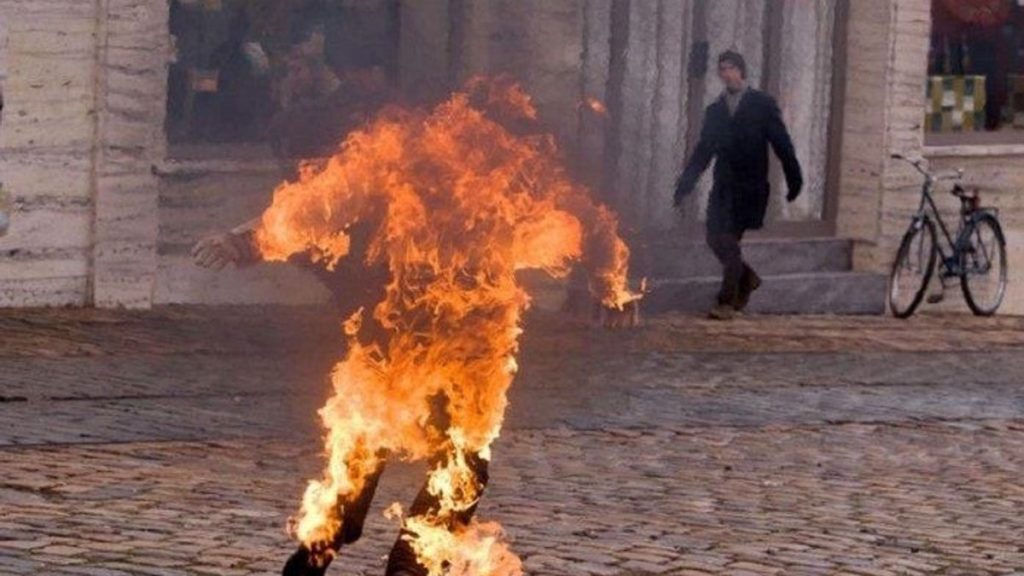
The Tunisian Revolution of 2011 is widely considered the spark that ignited the Arab Spring, a series of protests and uprisings that spread throughout the Arab world. It began as a response to widespread discontent with the oppressive regime of President Zine El Abidine Ben Ali, who had ruled Tunisia for over two decades. The catalyst was the self-immolation of Mohamed Bouazizi, a street vendor, whose act of protest against police corruption and government brutality resonated deeply with many Tunisians.
As protests erupted across the country, the revolution was televised globally, with images of fierce clashes between demonstrators and government forces broadcast around the world. For many, these images signified the beginning of a larger movement for democratic change in the Middle East and North Africa.
However, while the events in Tunisia were widely covered in the media, the profound impact of the revolution was not fully understood by those outside of Tunisia. The fall of Ben Ali marked the end of an era of autocratic rule, but what followed was a complex and ongoing struggle for democracy and political stability. While the revolution sparked optimism and inspired other movements across the region, the reality of post-revolutionary Tunisia was much more nuanced and far from straightforward.
Many people outside Tunisia viewed the revolution as the beginning of a new, more democratic era for the country. Yet, the challenges of rebuilding a nation after decades of repression, tackling economic inequality, and fostering a truly inclusive political system were less evident in the media. Tunisia faced considerable setbacks, including political violence, economic stagnation, and the rise of extremist groups — all of which were not always as prominently covered in global television broadcasts.
The global television coverage of the Tunisian Revolution presented a compelling narrative of resistance and triumph. Still, it often failed to capture the complexity and challenges of what came next. The revolution sparked change, but it also exposed the deep-seated issues facing the country, making it clear that true transformation requires more than just the ousting of a dictator. The revolution in Tunisia laid the foundation for the Arab Spring, but the aftermath demonstrated that the road to lasting political and social change is far more complicated than television broadcasts often suggest.
Why It Was Missed
While Tunisia was relatively small compared to other Middle Eastern nations, its revolution was absolutely critical in sparking the wider Arab Spring. However, Western media outlets initially downplayed the significance of Tunisia’s protests, often focusing more on the larger potential for uprisings in more geopolitically prominent countries like Egypt and Libya. The narrative that emerged from the media favored these larger countries, overshadowing Tunisia’s pivotal role.
At first, Tunisia’s revolution didn’t receive as much attention on television, even though it was the catalyst for the wave of protests that would sweep across the region. It wasn’t until the protests spread to more populous, politically volatile nations that the global media truly started to pay attention to what had begun in Tunisia. Even then, the media’s focus was more on the dramatic, high-profile revolutions in places like Egypt, where millions of people gathered in Tahrir Square, or Libya, where violent conflicts erupted.
The underreporting of the Tunisian Revolution — in favor of these larger, more politically unstable countries — meant that the true significance of Tunisia’s revolution often got lost in the global media narrative. What was missed in that coverage was the fact that Tunisia’s revolution was remarkably peaceful compared to the violent uprisings that followed in other nations. Moreover, Tunisia’s post-revolutionary transition was far more stable and progressive, despite the ongoing challenges. The world’s media failed to fully recognize the importance of Tunisia’s role in not only igniting the Arab Spring but also showing the possibility of democratic transition in the region.
Tunisia’s revolution should have been front and center as the symbol of what a peaceful, democratic uprising could look like, but instead, the global media machine largely pushed it to the periphery in favor of larger, more sensationalized events in countries with greater international stakes. This lack of focus ultimately caused the revolution’s true impact to be under-appreciated by much of the global audience.
5. The 2019 Sudanese Revolution (Sudan)
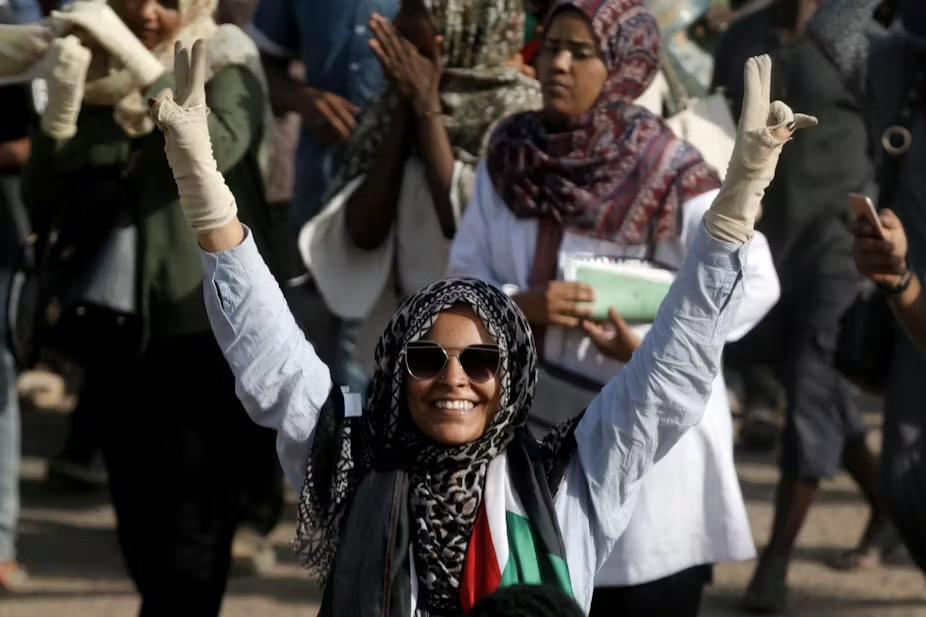
In 2019, Sudan witnessed a pivotal revolution that ended three decades of oppressive rule under President Omar al-Bashir. The protests were sparked by widespread economic hardship, skyrocketing food prices, and political repression that had long plagued the country. What began as a small demonstration in December 2018 quickly gained momentum, evolving into a nationwide movement for justice and change.
As protests grew, the people’s demand for political freedom and a more equitable society became impossible to ignore. After months of relentless demonstrations, the military, facing growing pressure from the public and international community, finally intervened and ousted al-Bashir from power in April 2019.
While the televised images of these protests made waves globally, the revolution itself was far from clean-cut. The power struggle between civilian protestors and military leaders, the ongoing negotiations for a transitional government, and the violent crackdowns that followed added layers of complexity to the revolution. Sudan’s fight for democracy was not easily televised in the way other revolutions were, yet the resolve of the Sudanese people captured the attention of the world.
Despite the ongoing struggles, the revolution marked a historic moment in Sudan’s history—one of defiance, resilience, and the unwavering pursuit of justice.
Why It Was Missed
While Sudan’s revolution undeniably reshaped the country’s political future, it did not receive the same level of sustained or comprehensive media coverage as protests in other parts of the world. The global media spotlight was largely directed elsewhere—Venezuela’s crisis, Hong Kong’s pro-democracy protests, and other geopolitical hotspots dominated headlines, relegating Sudan’s struggle for democracy to a secondary narrative.
Sudan’s location in North East Africa, coupled with its complex geopolitical position, played a significant role in the limited coverage. International media outlets often overlook the significance of uprisings in less economically dominant regions, and Sudan’s historical issues, including sanctions and ongoing conflicts, made it harder for the global audience to connect with its revolution on the same scale. Despite the remarkable bravery of Sudanese citizens, the international narrative was more captivated by other movements that seemed to have more direct implications for global politics.
The result was a revolution that, while momentous for Sudan, did not achieve the same international recognition or sustained media coverage as other uprisings around the world. This lack of attention meant that, despite the revolution’s significance in reshaping Sudan’s political landscape, the story didn’t resonate with a global audience in the same way.
Conclusion
Televised revolutions provide a crucial lens through which we view political change and social movements. Yet, despite their significance, many of these uprisings remain underreported or misunderstood. This starkly underscores the immense power the media holds in shaping the global narrative. Television — and increasingly social media — plays a pivotal role in how we perceive and engage with revolutions. While some uprisings seize global attention, others fade into the background, overshadowed by larger geopolitical events, silenced by media censorship, or simply neglected by major outlets.
The revolutions that do make it to our screens can often become distorted or diminished, framed within a limited perspective that fails to capture their true depth and consequences. For those willing to dig deeper into the historical and political significance of these movements, it’s clear that each represents a crucial turning point in history — even if it didn’t garner widespread international recognition at the time.
As we look to the future, the evolution of media technology and platforms will inevitably continue to shape how revolutions are captured, remembered, and acted upon. The stories we choose to amplify today will impact how future generations understand the transformative power of societal change, reminding us that history is often told not just by the events themselves but by how we choose to tell those stories.
- The Death of Fish Magnet and Why Kidnapping Continues to Thrive in Nigeria - August 2, 2025
- The Fall of Intelligence - July 10, 2025
- UK to Tighten Visa Rules for Nigerians and Pakistanis Due to Overstaying Concerns - May 7, 2025
Discover more from TruthPost
Subscribe to get the latest posts sent to your email.





